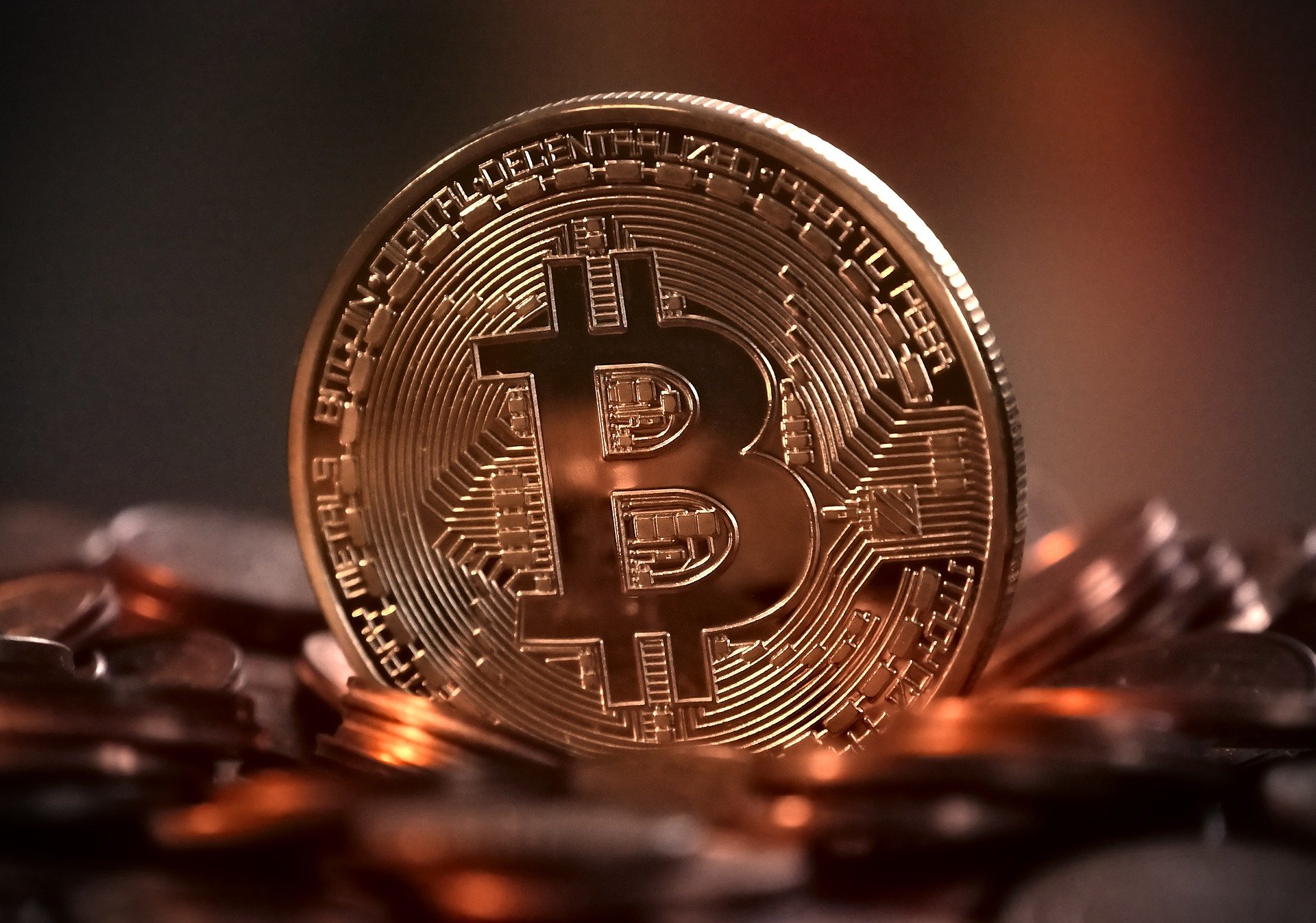Cryptocurrencies are currently offering better financial platforms for corporate officers who are tired of not receiving fair cash returns. Circle Internet Financial Ltd is a crypto unit company that owns the popular stable coin, USDC, which is equally pegged to the dollar on a ratio of one to one. They have designed a new strategy to attract clients who are more discreet and less risky with their cryptocurrency investments, unlike Elon Musk and his Bitcoin scandals.
By using cryptocurrencies like USDC to save extra cash, companies can earn up to 7% a year. High-yield savings accounts allow this to happen by increasing the profit 29 times more than an average savings account.
The idea may appeal to some treasurers who were captivated by big cryptocurrency gains, especially after bitcoin’s huge drop of more than 35% since April. Stable currencies like USDC are gaining increasing attention due to their capacity of stabilizing their parities during wild fluctuations in cryptocurrency prices, suggesting that they could actually serve as a store of value. Still, it has not been enough to persuade all the long-term observers of cybermarkets.
John Griffin, a finance professor at the University of Texas, thinks putting a company’s reserves in a stable cryptocurrency is basically the same as having a bank account, but with more returns.
Circle Internet Financial Program
Circle’s program works by opening a digital dollar account for treasurers where the company’s cash money turns into the cryptocurrency USDC. Then, they have to pay interest in said currency. When Circle lends digital money to a group of investors willing to pay interest rates to obtain more capital, returns are generated.
These companies will grip to their returns when opening an account, which is like a bank deposit certificate. Their program consists of having accounts of long-term maturities where people cannot take money out earlier than planned. Available rates will be updated weekly, based on demand for USDC loans. In comparison, MicroStrategy Inc. chief executive Michael Saylor advocated investing the company’s reserves in Bitcoin of the rising inflation that directly affects the value of dollars.
Since Elon Musk accepted payments in Bitcoin for Tesla Inc., the rally that pushed the major cryptocurrency to a record high before losing more than a third of its value was fueled.
In Griffin’s opinion, corporate stocks were not designed to invest in stocks, travel or perform more mundane actions that are often manipulated against people, like Bitcoin.
Since there are not a lot of businesses in the cryptocurrency space following MicroStrategy, Tesla, and Dorsey’s Square Inc., Circle expects stable coins to be the new revolutionizing technology. Circle plans to work hand in hand with Genesis Global Capital, which is a primary leader in the industry of cryptocurrency lenders.
Circle CEO Jeremy Allaire said in an interview that the service will first be launched in Switzerland, as well as the US. According to Circle, there are already thousands of companies on the waiting list. Other stable coin providers are launching similar offerings. At the end of this month, Gemini Exchange, a creation of the Winklevoss brothers, launched a program that they claim will allow investors to obtain an annual profit of more than 7% in their cryptounit.
Gemini tokens are also ruled by the U.S. dollar. Their capital is deposited in two banks: the State Street and Trust Bank, the biggest financial custodian in the globe. BPM LLP is a public company that devotes its accounting work to calculate and check the dollar deposit balance monthly. Several small cryptocurrency lenders already offer performance accounts for different currencies, including less regulated stable currencies such as Tether.
Aaron Brown, an investor and Bloomberg Opinion writer, proposes that the best clients for these units are those who don’t make smart or risky investments. He thinks that this segment of the public could use having their economic risks lowered, which is a perfect job for the products. However, he emphasizes that it is not a replacement for savings accounts under the general view people have of them.
Bitcoin’s Fall
Recently, one of the events that sparked bitcoin’s incredible fall was the decision by Tesla CEO Elon Musk, who did an about-face on his stance on bitcoin and recently told customers that the electric car giant will no longer accept bitcoins as payment currency for vehicles, due the fact that there are concerns about the environmental consequences of bitcoin mining, which demands a lot of energy.
Musk then softened the stance and agreed – thanks to the intervention of MicroStrategy CEO Michael Saylor, a cryptocurrency evangelist – to meet with the heads of several North American-based bitcoin miners to discuss concerns linked to energy use.
China also strengthened its restrictions on cryptocurrencies and the U.S. Treasury Department revealed some future projects to pass more taxation for bitcoin. The Federal Reserve, meanwhile, suggested the possibility of a digital dollar.
May Was Brutal to Cryptocurrencies
Not only bitcoin fell, the poor performance extended to other cryptocurrencies as well. The most affected currencies were:
- Binance
- Bitcoin
- XRP
- Polkadot
- Ether fell only about 6%.
- Dogecoin had a slight decline.
- Ethereum had a drop of 3,7%.
Other cryptocurrencies, especially ethereum – the second largest after bitcoin and central to many deals for the popular non-fungible token (NFT) – held up better.
So-called stablecoins, such as Tether and USD Coin, remained stable and were unchanged for the month. Several online reports attributed the drop to speculation that the U.S. Treasury may crack down on money laundering conducted through digital assets.
Bitcoin hit a record of more than USD $60,000 right before the start of the Coinbase Global Inc trade. The company also concluded this debut with excellent results, which surprised most since Wall Street analysts had already made bad reviews and predictions.


